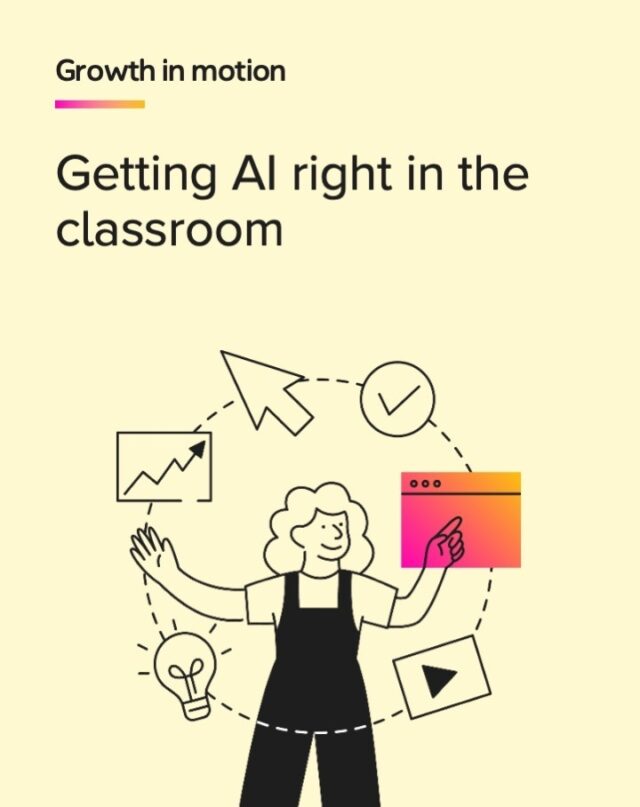-
Core Curriculum
Featured Posts

Unlocking the Power of Big Data in Education
Big data in education is reshaping how schools identify learning needs and personalize instruction. Learn how thoughtful data use can help districts take meaningful action that supports every student.

AI is reshaping education—discover how to harness its potential and ensure we get it right for learners everywhere.

The 2025 Educator Confidence Report (ECR) shows a hopeful shift in teacher outlook. Learn how technology is empowering educators and fueling optimism in classrooms.

Discover the latest trends in educational technology in 2025 and how they’re shaping the future of teaching and learning.

Find fun and easy-to-use substitute teacher ideas and activities, including a free Substitute Teacher Activities pack, to prepare for your next personal day.
Latest Posts
AWARDS & ACCOLADES

Shorty Awards
Audience Honor, 2023, Shaped

Digiday Content Marketing Awards
Finalist, 2023, Shaped

People’s Choice Podcast Awards
Finalist, 2021 & 2023, Teachers in America
*The views expressed in our blog are those of the authors and do not necessarily represent those of HMH.








